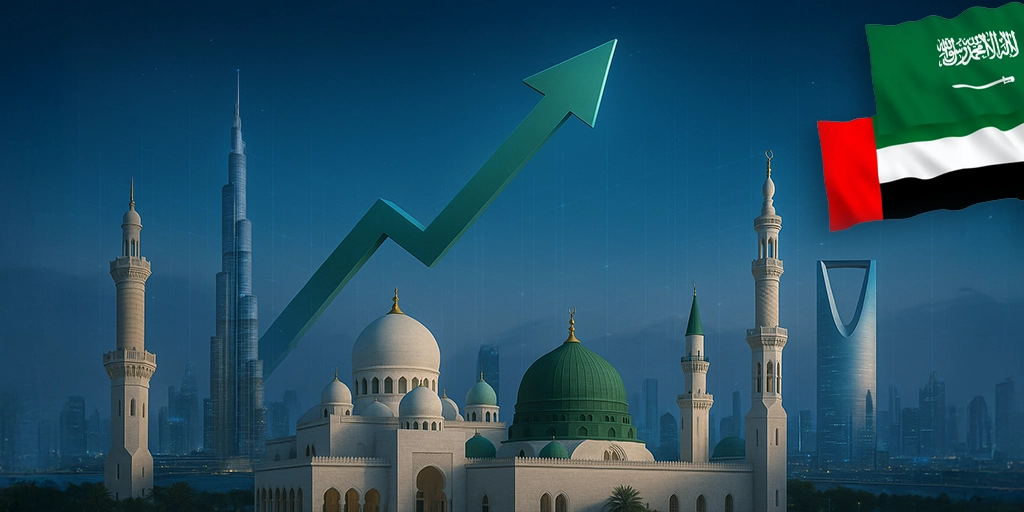In Q1 2025 alone, startups across the region raised a total of $678 million across 133 deals, marking the highest quarterly investment since late 2023.
But this rebound isn’t just about numbers, it’s about what they signal for the region’s digital economy, investor confidence, and fintech’s next evolution.
A Closer Look at the Comeback
The real driver of this surge? A massive revival in Series A and B rounds, which saw investment grow nearly fivefold—from $54 million in Q1 2024 to $278 million this year. It’s a clear sign that VCs are no longer just backing early ideas; they’re betting on scalability and long-term value.
Unlike past cycles dominated by mega-rounds (those above $100 million), Q1’s growth was more balanced, with strong participation across smaller and mid-sized deals. This signals healthier ecosystem maturity, where broader capital is reaching more startups.
UAE and Saudi Arabia: The Powerhouses
No surprise here, Saudi Arabia and the UAE remain the engines of MENA’s fintech growth. Together, they accounted for 88% of total investment value and 76% of deal volume in Q1.
With continued support from sovereign wealth funds, national innovation agendas, and state-led accelerators, both markets are proving to be magnets for regional and global investors.
For founders, this concentration of capital also means tighter competition and higher benchmarks, but also greater opportunity for standout growth.

What’s Fueling Investor Confidence?
A few major trends are helping build this momentum:
- Shift Toward Scalable Fintech: Tools that offer embedded finance, AI-driven analytics, and B2B payment solutions are attracting serious interest.
- M&A Spike: Merger and acquisition activity in Q1 jumped 163% year-over-year, especially in Egypt and the UAE, as companies brace for changing global trade dynamics and reposition for scale.
- Global Signals: Fintech success stories like Ramp, a US-based startup that just raised $500 million at a $22.5B valuation, are boosting optimism and reinforcing investor confidence in the fintech model worldwide.
Watch Out for Macro Turbulence
Still, it’s not all smooth sailing. Global uncertainty, especially around proposed US tariffs and shifting capital flows, remains a looming factor.
Investors are becoming more selective, and founders may need to be more deliberate about their funding strategies heading into Q2 and Q3.
What This Means Going Forward
Q1’s performance could mark a lasting shift in how fintech is funded and scaled across MENA.
Here’s what to watch for:
- More Series A/B activity driving maturity and deal quality
- Sustained dominance of UAE and Saudi Arabia as capital hubs
- Strategic partnerships and exits as M&A becomes more common
- Growing appetite for infrastructure fintech in regtech, paytech, and digital banking
Final Thoughts: The Fintech Comeback Is Just Getting Started
What we’re seeing isn’t just a rebound, it’s a recalibration.
As the region’s fintech scene moves from speculative hype to real, scalable impact, those who act fast and think long-term will have the advantage.
With capital flowing back in, investor optimism on the rise, and strategic alignment with national economic visions, 2025 might just be the year MENA fintech gets its second wind and runs with it.

Looking to explore deeper insights into MENA’s fintech momentum, emerging tech sectors, or investor trends? Let’s connect.




